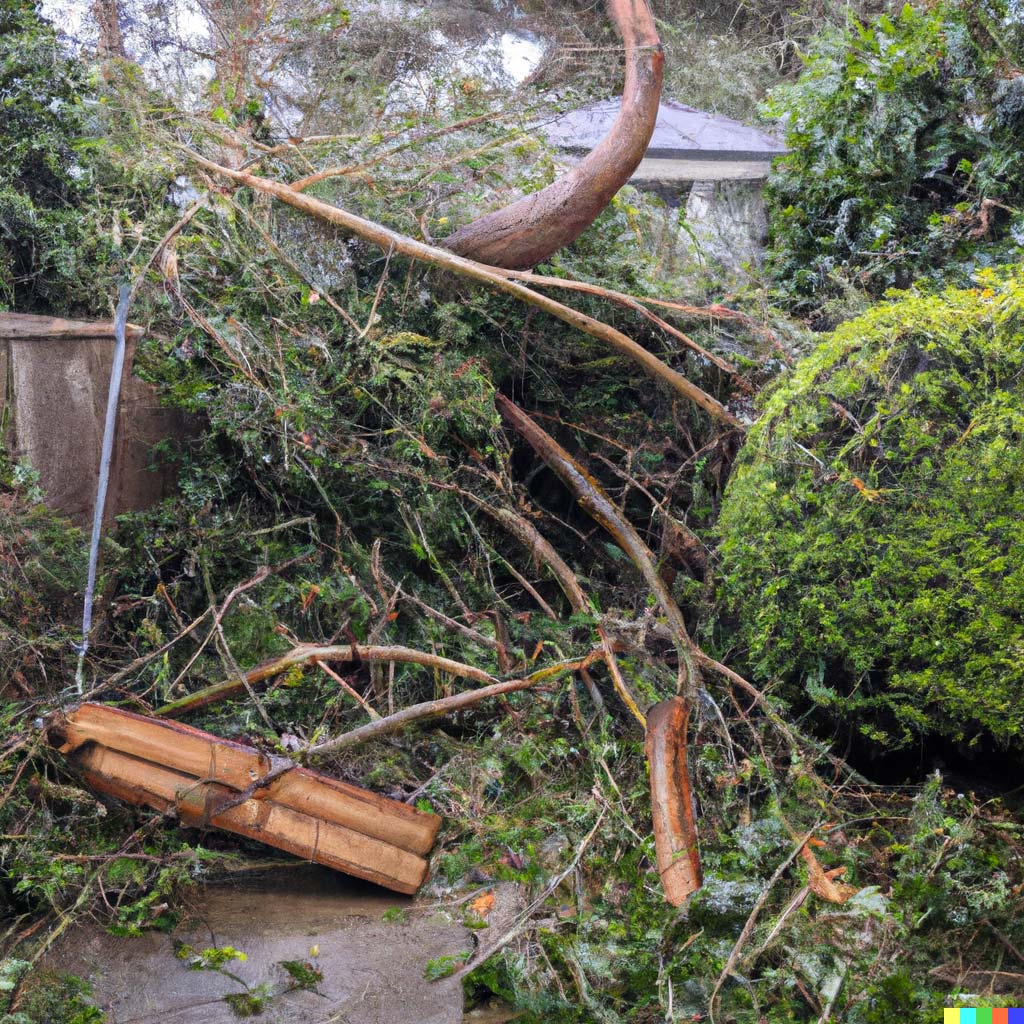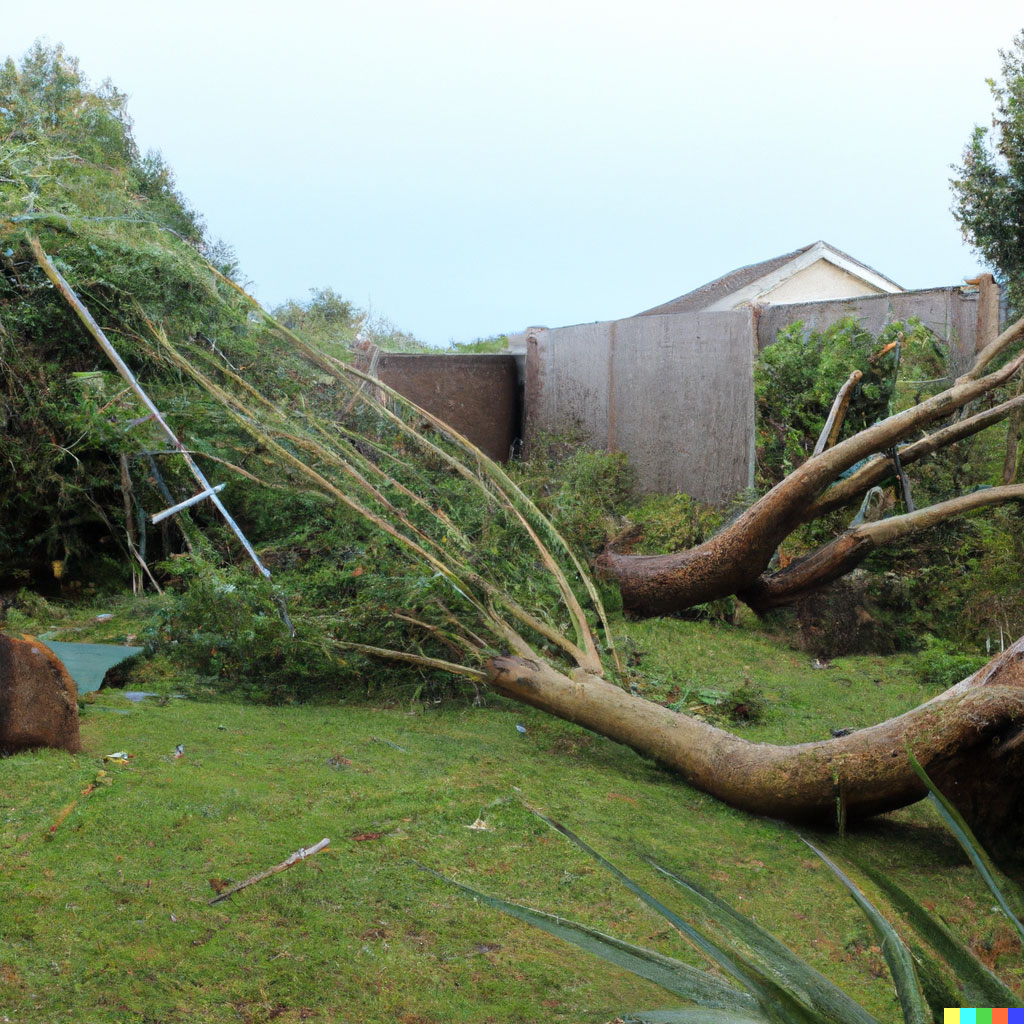Taking care of a garden during a storm can be challenging, but there are a few steps you can take to help protect your plants:
- Secure loose items:
Before the storm hits, make sure to remove any loose items from the garden such as garden tools, furniture, and toys. These items can become dangerous projectiles during high winds. - Bring in potted plants:
If you have potted plants, consider bringing them indoors or placing them in a sheltered area to protect them from wind and rain. - Stake tall plants:
If you have tall plants in your garden, stake them to prevent them from getting uprooted during the storm. - Prune dead or weak branches:
Trim any dead or weak branches from trees and bushes in your garden. These branches can break off during a storm and cause damage. - Cover delicate plants:
Use a tarp or other cover to protect delicate plants from wind and rain. - Water plants:
Watering your plants before the storm can help them absorb moisture and prevent them from drying out during the storm. - Check for damage after the storm:
After the storm has passed, check your garden for any damage and make repairs as necessary.
Remember, safety should always be your top priority during a storm. Avoid going outside if the conditions are hazardous, and only tend to your garden if it is safe to do so.

If a branch falls down during a storm, it’s important to approach it with caution, as it could be dangerous
Here are some steps you can take:
- Assess the situation:
Before approaching the fallen branch, assess the area around it for any other potential hazards, such as downed power lines or damaged structures. - Use protective gear:
Wear appropriate protective gear, such as sturdy gloves and eye protection, when handling the fallen branch. - Cut the branch into smaller pieces:
If it is too large to move, use a saw or pruning shears to cut it into smaller, more manageable pieces. Be careful not to damage any nearby plants or structures. - Dispose of the debris:
Dispose of the fallen branch and any debris in accordance with your local regulations. You may be able to compost the smaller branches and twigs. - Inspect your trees:
After the storm has passed, inspect your trees for any other signs of damage, such as cracked or split branches. If you notice any damage, consult an arborist to determine the best action.

If a tree or branch falls into a powerline on your property during a storm, it is important to take immediate action to ensure the safety of yourself and others
Here are some steps you can take:
- Stay away from the area:
If a tree or branch has fallen onto a powerline, do not approach it, and keep others away from the area. Downed powerlines can be dangerous and potentially deadly. - Call the power company:
Contact your local power company to report the incident. They will dispatch a crew to safely remove the tree or branch and repair any damage to the powerline. - Turn off power to your home:
If the fallen tree or branch has damaged the powerline leading to your home, turn off the main circuit breaker to your home until the power company has repaired the line. - Do not attempt to remove the tree or branch:
Do not attempt to remove the tree or branch from the powerline yourself, even if you think the power is off. You could risk electrocution or create further damage to the line. - Stay informed:
Stay informed about any updates or notices from the power company regarding the repair work and when it is safe to return to normal activities.
Call the Experts
Remember, always prioritise your safety and the safety of others when dealing with fallen branches or any other storm-related hazards. If you’re unsure about what to do or feel uncomfortable handling the situation, talk to the team at Tui Landscapes to take care of any storm damage.
Phone Tui Landscapes on 06 751 3390 or hop over to the contact page to send us an enquiry.



